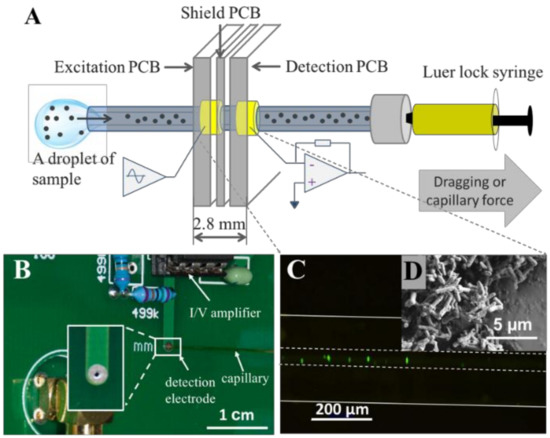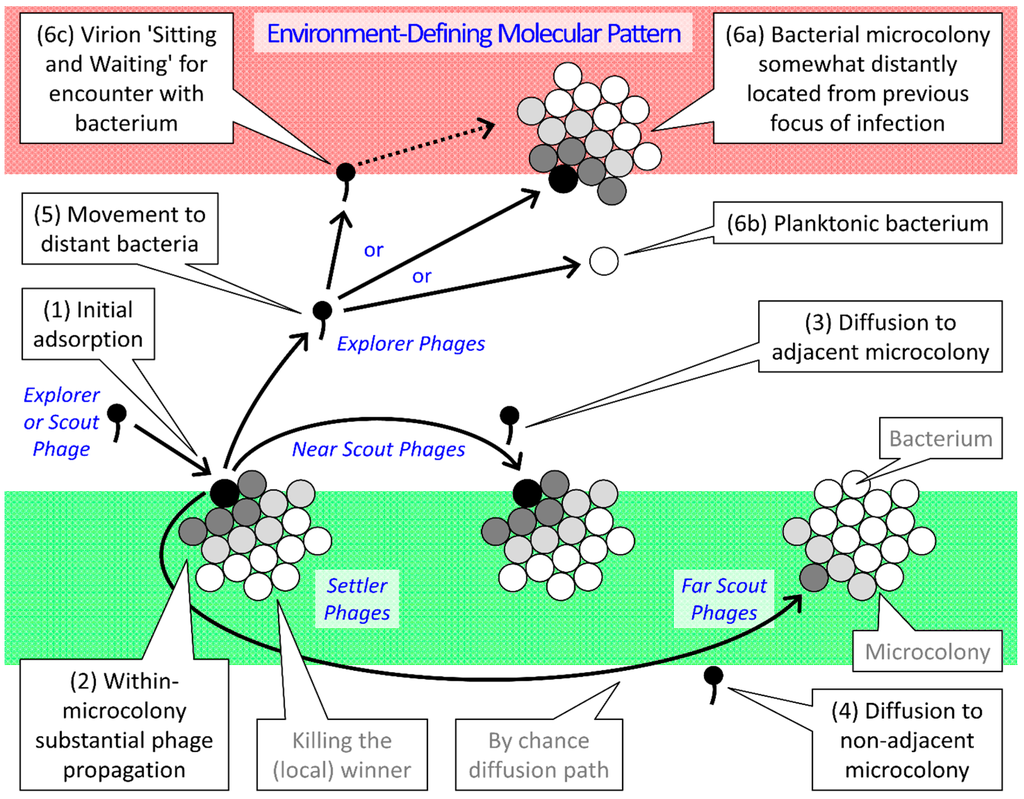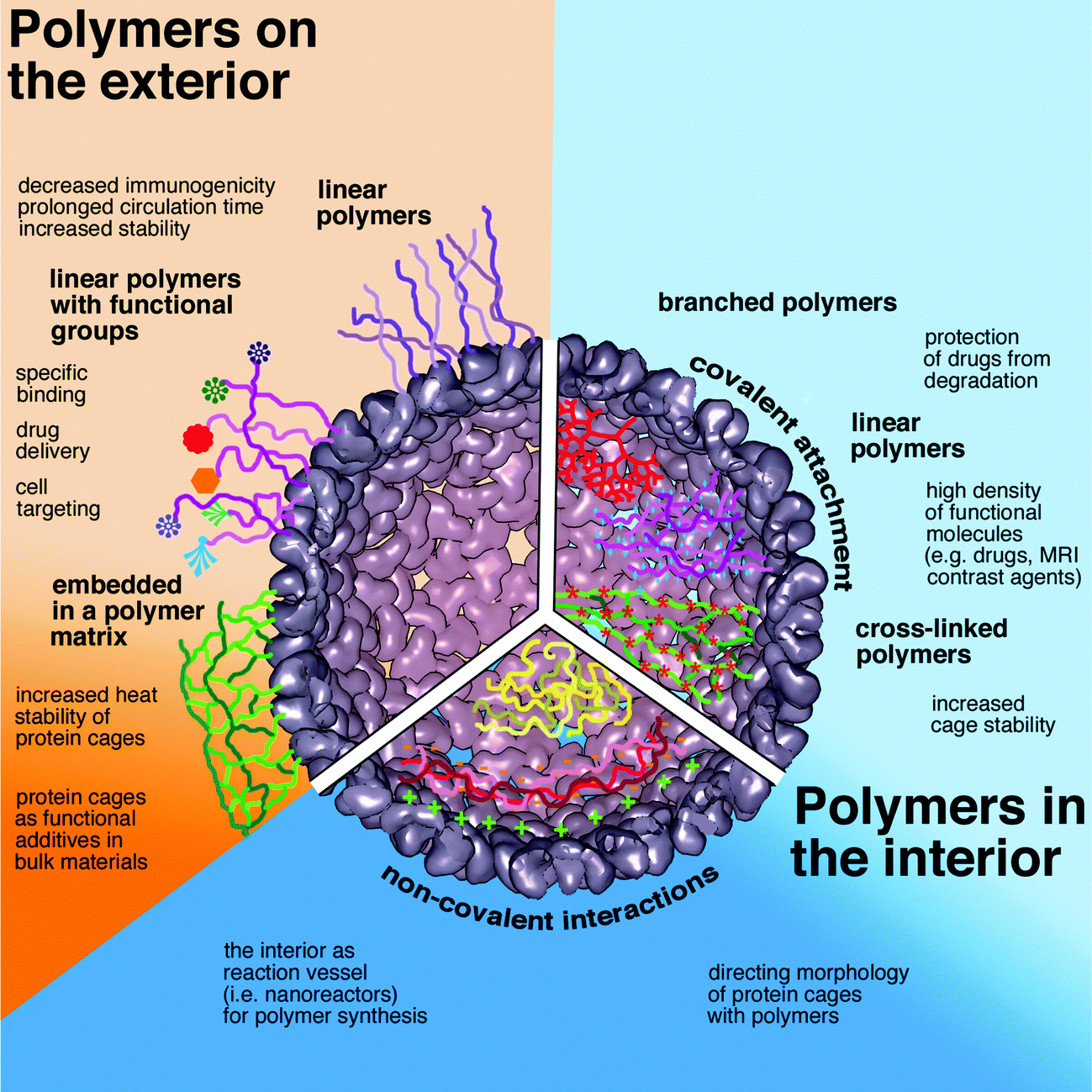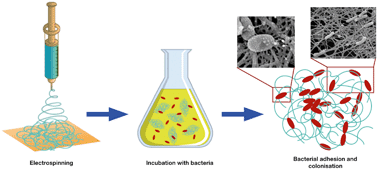Bacteria Imbedded In Proteinaceous Material On Medical Instruments
Laminar Hood is a closed device primarily for processes or instruments sensitive to microbial contamination. Quantified in this study.

Micromachines Free Full Text Bacterial Concentration Detection Using A Pcb Based Contactless Conductivity Sensor Html
Inhibition of pathogenic bacterial biofilms on PDMS based implants by L.

Bacteria imbedded in proteinaceous material on medical instruments. Overview Infection is now a leading cause of failure in many biomedical devices. Each instrument must be individually cleaned with a soft-bristled brush using friction to loosen the organic debris. Acidophilus derived biosurfactant.
Through genetic engineering Escherichia coli bacteria yeasts plants silkworms and animals other than silkworms have been used to produce spider silk proteins which have different simpler characteristics than those from a spider. However the improper use of. This process is driven by mass transport electrostatic.
Pulmonary Alveolar Proteinosis PAP was first described in 1958 as a disease of the lung that consists of the filling of the alveoli by a PAS-positive proteinaceous material rich in lipid1 It is a rare disease with the incidence of one case in every two million people. However over 60 percent of the instruments showed a high degree of protein soiling 04 to 42 μg proteinmm2. Trays 1 e 3 were basic surgery sets.
Some instruments appeared soiled with crystalline deposits that may consist of a potentially hazardous material contributing to inflammation andor surgical shock. T rays 4 and 5 compri-sed instruments used for tonsillectomy and adenoid. Bacteria fungi which reside on the surface of materials eg.
A hard thick walled capsule formed by some bacteria that contains only the essential parts of a protoplasm of bacteria cell sterilization process of destroying all. Such remaining proteinaceous contamination may be invisible to conventional inspection but may pose serious health risks for example if it contains prions. BMC Microbiology 191 DOI.
Friction will loosen the organic material to allow its removal during the rinsing process. The foundation of manual cleaning is friction. It is clear that the overall standard for cleaning must be raised in order to fulfill the imminent introduction of new.
The bioburden or initial contamination refers to the population of viable organisms on a material instrument product or package. 2 This proteinaceous contamination is significant in terms of surface loading reported to be in the range 04242 mg on the surfaces of various medical instruments even after passing through the recommended cleaning and. Microbial infection resulting from bacteria adhesion to biomaterial surfaces has been observed on almost all medical devices 18.
Depending on where and how the item will be used cleaning may be enough to reduce the bioburden but for most other types of medical equipment cleaning is only the first step which will be followed either by disinfection alone or disinfection and then sterilization. Are difficult to destroy requiring a soak and scrub before disinfection. When cleaning stainless steel instruments a back-and-forth motion should be used to follow the grain of the instrument.
Usually die very rapidly due to lack of oxygen. A Laminar Hood is made up of stainless steel avoiding joints and corners to prevent the accumulation of bacterial spores. Indeed monoderm bacte-ria monodermata refers specifically to species exhibiting only one biological membrane ie the cytoplasmic membrane CM whereas diderm bacteria didermatarefers specifically to.
Only contamination from proteinaceous material was. Monoderm and diderm bacteria is much more appropriate in the field of protein secretion at least. Antimicrobial finishing of textiles protects users from pathogenic or odor-generating microorganisms which can cause medical and hygienic problems.
Haemolytica cells were evident in a tracheal specimen and these bacteria had radial glycocalyces consistent with polysaccharide and proteinaceous material condensed on linear structures. The enzymatic cleaner aids in the removal of bioburden. Bacterial Interactions with Medical-Device Materials Matthew Libera Stevens Institute of Technology.
This process has so far produced silk fibres of diameters ranging from 10 to 60 μm. Any dirt or organic matter blood protein feces mucous or tissue that is on equipment machines or instruments when they arrive at the MDR Spaulding classification system System that divides the cleaning disinfection and sterilization requirements of medical devices into three categories. Extrusion of protein fibres in an aqueous environment is known as wet-spinning.
Bacterial polymers have important roles in pathogenicity and their varied chemical and material properties make them suitable for medical and. Bacteria imbedded in proteinaceous material on medical instrument. Clothing and textile materials are excellent media for growing microorganisms especially those used in hospitals infant wear underwear and sportswear because of their close contact with bacteria.
Semi-critical critical and noncritical. Plasma is an ionized and reactive gas which is used for sterilization of many kinds of microorganisms eg.

Pharmaceuticals Free Full Text Ecology Of Anti Biofilm Agents Ii Bacteriophage Exploitation And Biocontrol Of Biofilm Bacteria Html

Protein Cages And Synthetic Polymers A Fruitful Symbiosis For Drug Delivery Applications Bionanotechnology And Materials Science Chemical Society Reviews Rsc Publishing Doi 10 1039 C6cs00177g
A Study On The Dependence Of Bacteria Adhesion On The Polymer Nanofibre Diameter Environmental Science Nano Rsc Publishing

Biofilms On Instruments And Environmental Surfaces Do They Interfere With Instrument Reprocessing And Surface Disinfection Review Of The Literature Sciencedirect
